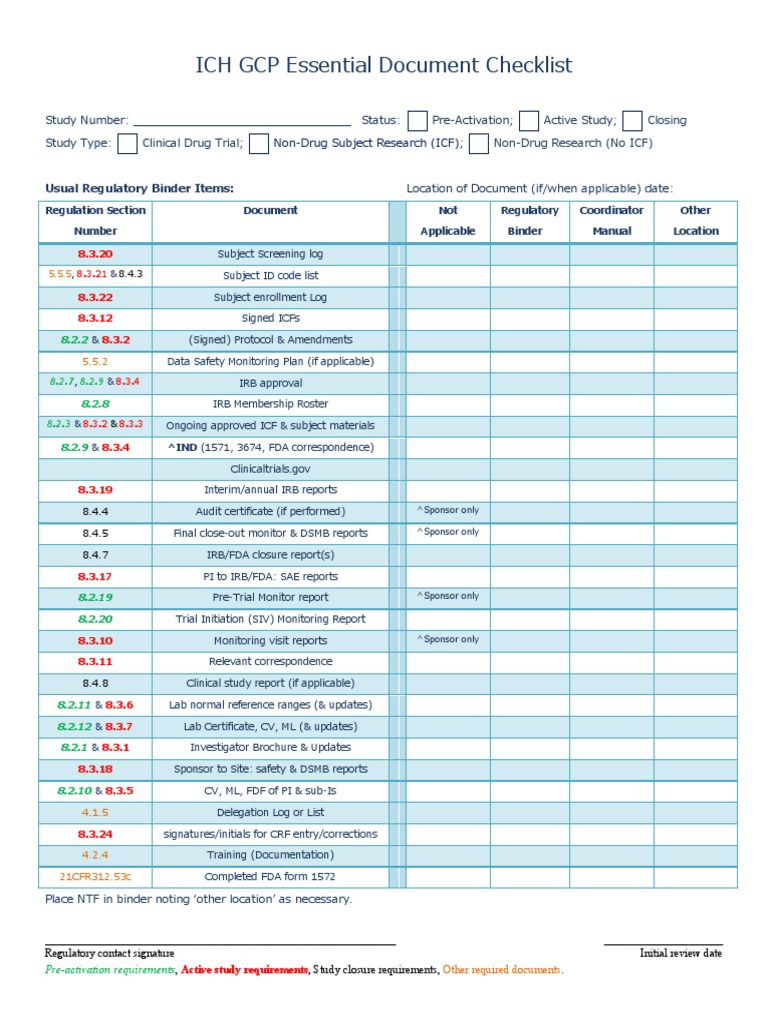Proof of Stock Ownership: Essential Paperwork You Need

Investors often want to ensure their investments are secure, particularly in the stock market. Understanding how to prove ownership of stocks can be as critical as choosing the right stocks to invest in. This comprehensive guide will walk you through the essential paperwork required to verify your stock ownership, ensuring you are well-prepared and your investments are safeguarded.
What is Proof of Stock Ownership?

Proof of stock ownership refers to documentation that confirms an investor’s ownership of stocks or shares in a company. This proof is crucial for various reasons:
- Legal Recognition: Acts as legal evidence in disputes or for tax purposes.
- Voting Rights: Enables participation in shareholder meetings.
- Dividend Payments: Required for receiving dividends directly.

Types of Proof of Stock Ownership

Stock ownership can be proven in several ways, each with its advantages:
- Physical Stock Certificates: Traditional paper certificates issued by the company to shareholders.
- Electronic Records: Holdings kept in electronic form by brokers or transfer agents.
- Shareholder Registry: Official record of shareholders maintained by the company or its transfer agent.
- Brokerage Statements: Regular statements from brokers detailing your investments.
Physical Stock Certificates

Here are the steps involved in securing and understanding physical stock certificates:
- Issuance: Companies issue these certificates when stocks are initially purchased or transferred.
- Details: Each certificate includes details like the company’s name, the shareholder’s name, certificate number, number of shares, and par value.
- Security: Certificates must be safeguarded as they are valuable documents; consider safe deposit boxes or secure storage options.
- Transfer: Selling or transferring shares requires endorsing the certificate, akin to signing a check.

🔒 Note: Physical stock certificates can be stolen or lost. Keeping a record of serial numbers and having insurance coverage can mitigate risks.
Electronic Records

As the world moves towards digitization, electronic records have become a common way to prove stock ownership:
- Brokerage Accounts: Brokerages keep electronic records of your investments. These can be accessed online or through statements.
- Transfer Agents: Companies often use transfer agents to manage electronic records. These agents provide statements upon request.
- DTC: The Depository Trust & Clearing Corporation (DTC) holds securities in electronic form, reducing the need for physical certificates.
📱 Note: Always ensure your online accounts have strong security measures like two-factor authentication to protect your digital proof of ownership.
Shareholder Registry

Companies maintain a list known as the shareholder registry:
- Registration: When you buy stocks, your name is registered as a shareholder.
- Access: You can request a copy of the registry to confirm your ownership.
- Changes: Any updates or changes in ownership are reflected in this registry.
Brokerage Statements

Your broker provides periodic statements which can serve as proof of stock ownership:
- Content: These statements list your stock holdings, transaction history, and value of your portfolio.
- Frequency: Typically issued monthly, quarterly, or annually, depending on your broker’s policy.
- Electronic vs. Paper: Statements can be electronic or paper, with digital versions often accessible online.
| Proof Type | Accessibility | Reliability | Transfer Process |
|---|---|---|---|
| Physical Stock Certificates | Manual | High (physical evidence) | Requires endorsement and transfer |
| Electronic Records | Online or through broker statements | Dependent on security measures | Online transfer or broker-assisted |
| Shareholder Registry | Via company or transfer agent | Official and legally binding | Updated by transfer agents |
| Brokerage Statements | Easily accessible, paper or digital | Brokerage firm dependent | Transaction confirmation |

Wrapping Up

In the world of stock investments, proving ownership is fundamental for various transactions and shareholder rights. From the traditional physical stock certificates to the modern digital records, each type of proof has its place in ensuring your investments are secure and recognized. Understanding these documents and processes is not just about securing your investments but also about empowering you as a shareholder to exercise your rights and receive the benefits of your investment.
What happens if I lose my physical stock certificates?

+
If you lose physical stock certificates, contact the issuing company or their transfer agent immediately. You’ll need to provide details of the lost certificates and might need to sign an affidavit or obtain a surety bond. The company will replace the certificates, usually for a fee.
Can electronic records be enough for legal purposes?

+
Yes, electronic records are generally accepted as legal proof of ownership, especially when supported by official statements from brokers or transfer agents. However, ensure these records are safeguarded against unauthorized access or tampering.
How do I handle stock ownership during a company merger?

+
In the event of a merger, companies typically issue new shares or cash for your existing stocks. Stay updated through company announcements or your broker to know the exact process and how to ensure your ownership is recognized in the new entity.



